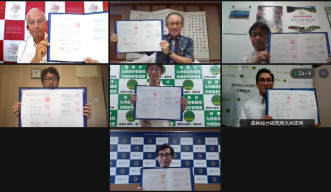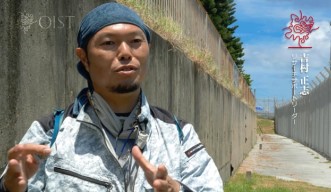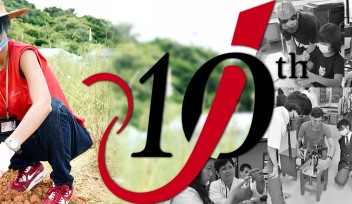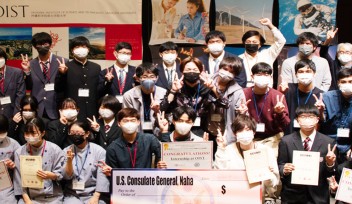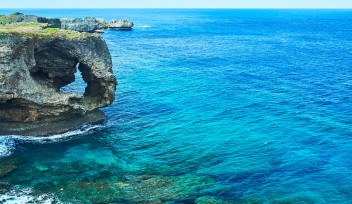OIST Participates in Collaboration Agreement for Conservation and Management of World Natural Heritage Sites in Northern Okinawa and Iriomote Island
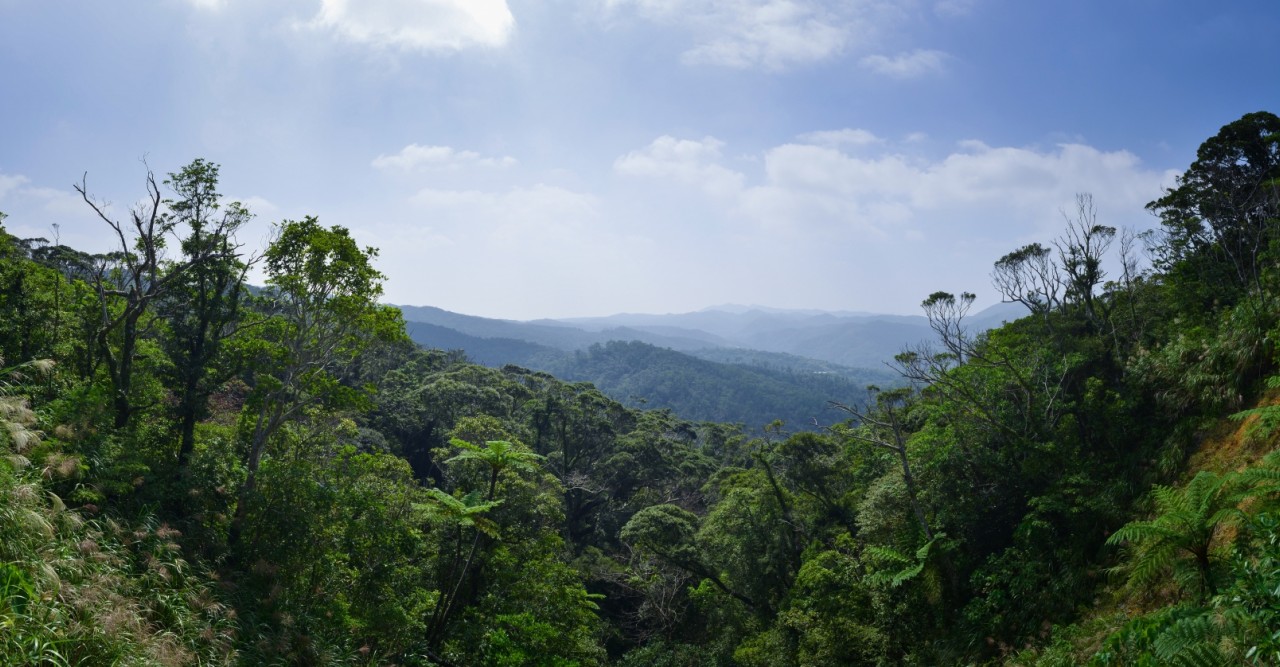
Collaboration Agreement
The Okinawa Institute of Science and Technology Graduate University (OIST), together with Okinawa Prefecture, the University of the Ryukyus, the National Institute for Environmental Studies, the Forest Products Research Institute, the Forestry Agency, the Okinawa Forest Office and the Ministry of the Environment's Okinawa Amami Nature and Environment Office, have concluded an Agreement on Collaboration and Cooperation on Conservation and Management of the Property Inscribed on the World Heritage List in the Northern Part of Okinawa Island and Iriomote Island. On August 19, an online agreement ceremony was held by the seven parties who signed the agreement.
Mr. Denny Tamaki, the Okinawa governor who participated in the ceremony commented, “We are very pleased that the universal value of the Northern Okinawa and Iriomote Island has been recognized and that they have been inscribed on the World Natural Heritage List. We expect that this agreement will enable us to deepen our cooperation with each institution and strengthen our efforts in research and human resource development.”
At the World Natural Heritage sites of Amami Oshima, and Tokunoshima, the seven parties will promote long-term research in northern Okinawa and Iriomote Island to accumulate scientific and expert knowledge on the natural environment and culture of the two islands. The agreement will contribute to the conservation and management of the World Natural Heritage sites by establishing a foundation for monitoring and for scientific management, with the aim to develop future leaders among the younger generation and local human resources through utilizing the knowledge in the field.
Regarding the collaboration agreement, OIST President Peter Gruss commented, “We look forward to strengthening our collaborations and coordination of efforts to conserve the rich biodiversity, environmental stewardship, and pass the knowledge of natural history for many generations to come.”
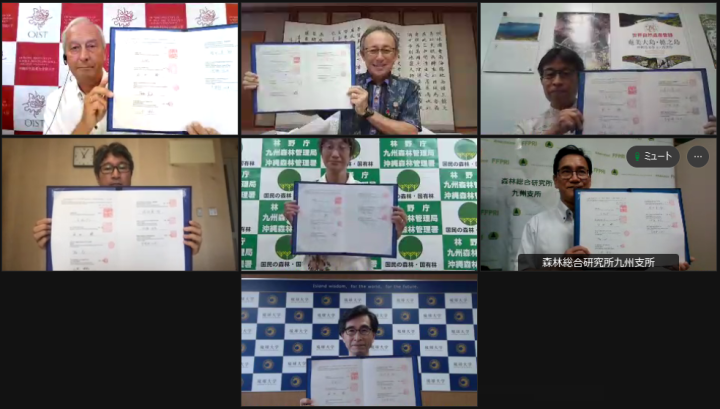
OKEON Churamori Project Initiatives
Under the agreement, OIST aims to contribute to the conservation and management of the World Natural Heritage listed area and buffer zones through the activities of the OKEON Churamori Project.
The OKEON Churamori Project is a terrestrial environmental monitoring project launched in 2014, which has been led by OIST in collaboration with local communities, governments, educational institutions and museums. The project has been conducting environmental monitoring using insect traps, recording devices, and fixed-point cameras at 24 locations on the island of Okinawa to study the ecology of insects, birds, mammals, and plants, as well as fire ants and other invasive species. The project members also collaborate with the local governments and educational institutions to use the research results for the conservation of Okinawa's natural environment.
One example of the recent efforts by the OKEON Churamori Project, which began in August 2020, is the monitoring and control of the invasive alien species Lepisiota frauenfeldi, also known as the browsing ant. In this project, the University of the Ryukyus, Naha City, the Ministry of the Environment, and other organizations have been working together to eradicate the browsing ant.
The project members, including OIST researchers, are regularly identifying and marking nest sites, setting up bait, and measuring the effectiveness of the bait along the national highway in Naha, where browsing ants have been detected. By actively incorporating the latest ecological research findings, newly developed baits and evaluation methods, the project members have been searching for the best way to control these ants, although there is still a lack of global knowledge.
Dr. Masashi Yoshimura, the main coordinator of the OKEON Churamori Project said, "To continue these activities, it is not enough for researchers to conduct research and technology development in their laboratories. It is important to collaborate with various stakeholders such as the government, research institutions, and land managers.”
The scientific knowledge established through the OKEON Churamori Project, the know-how of comprehensive monitoring surveys on the main island of Okinawa, and the collaborative relationships with local communities and related organizations are expected to contribute to the conservation and management of the World Natural heritage areas in the future.
For press enquiries:
Press Inquiry Form











